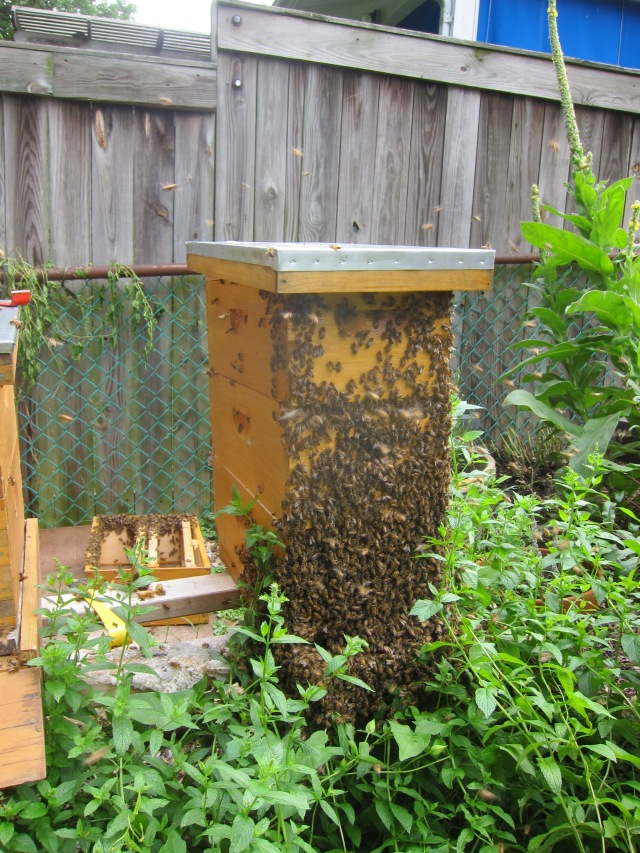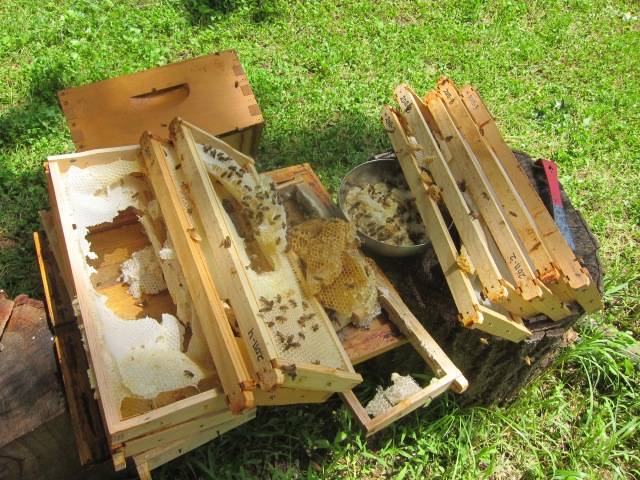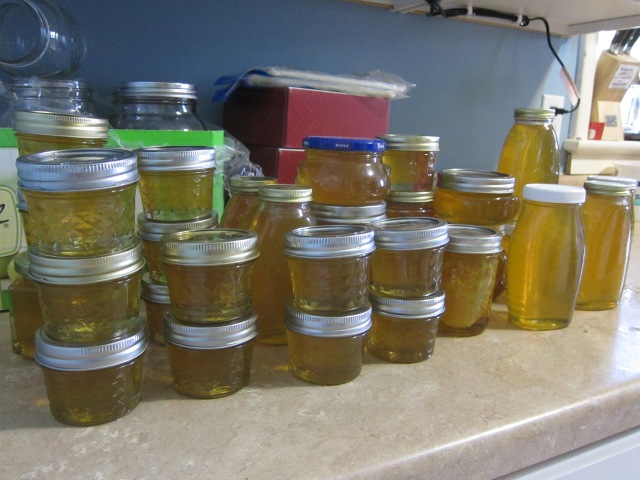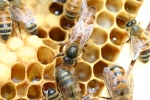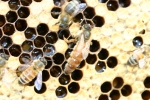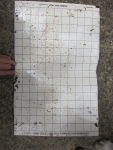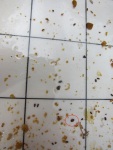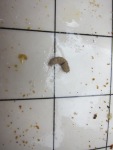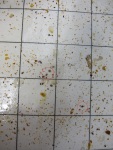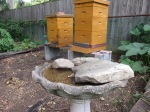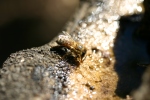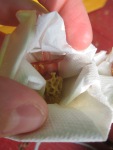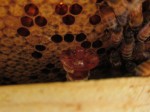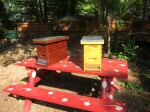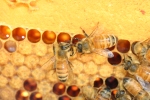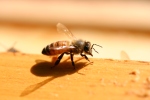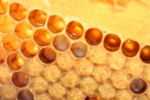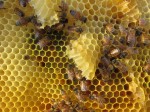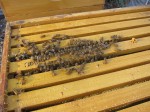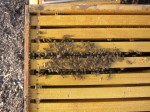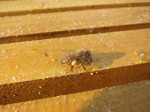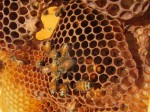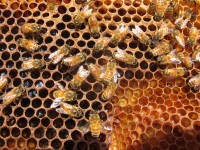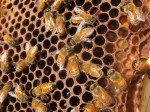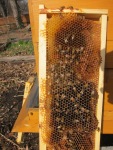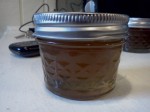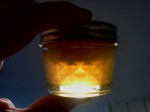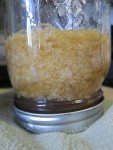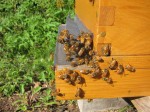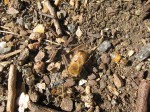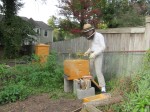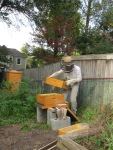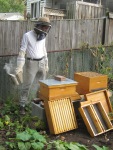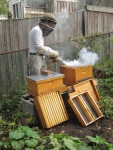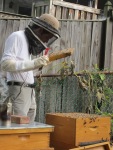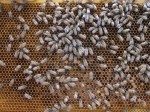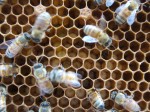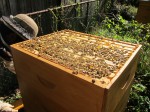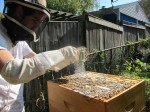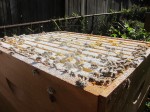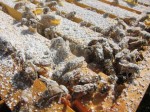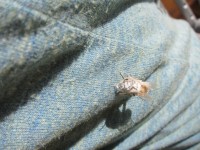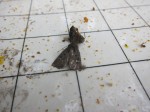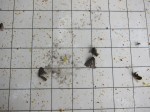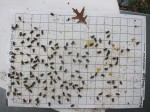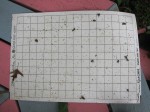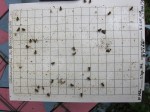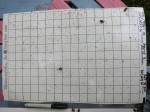Friday, I was going to go over to Chelsie’s to do a regular inspection of the hive. Somewhere in the afternoon I got a text from her saying “QUEEN CELLS!!!”. What? Queen Cells? Are they preparing to swarm? Are they making supercedence cells? I let it go, because I still had some hours left to work before heading over.
When I arrive around six, I see two empty nuc boxes on the picnic table, and a super-excited Chelsie. We got two grafted queen cells that were supposed to go into someone else’s hive, but they had a family emergency, so we intercepted. All very awesome, of course, but now we had to find a way to create the habitat for two nucs to thrive in from one hive.
I would say this is where the problems started, except we do things before we realize we have problems, and then solve them with saws and wacky improvisation.
We open the top super of our hive: almost no bees. Fine, that was expected
Second super has a couple of bees, and some drawn comb
First deep has a ton of pollen, honey, but no brood.
The bottom deep finally has some brood, but we then realize these are deep frames, and we have medium nucs…
Scrambling to find some brood we had the brilliant idea to put them in the nuc as they are and just add an extra box on top. That works, right?
We try to put a box on, and it of course doesn’t fit, because the tabs at the end of the frame was in the way.
So we did something that probably nobody normal would do. Saw the ends of a frame full of bees who have just been transplanted to a new home without a queen.
How the hell did we escape without stings? Pure Courage, of course.
Anyway, we now have one hive with way too many frames, and two hopefully active nucs. We’ll inspect them next week to see if our princess has taken her maiden voyage.
And here are the pictures, which is really why you read through all of this. Courtesy of Dave Polk, photographer extraordinaire:

